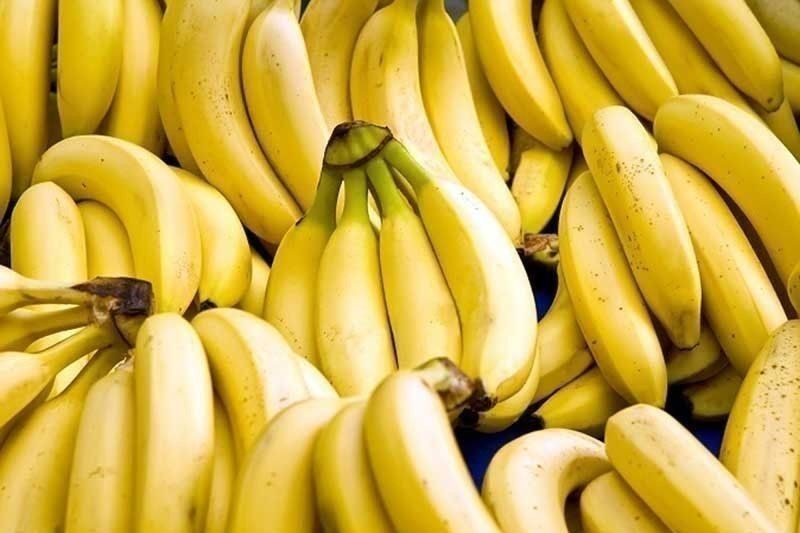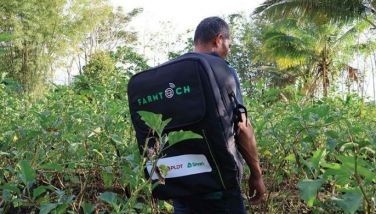TR4 disease, logistics issues prune banana exports last year

MANILA, Philippines — The Philippines is expected to have posted declines in banana exports last year due to the spread of the Banana Fusarium Wilt Tropical Race 4 (TR4) disease as well as logistical challenges, according to a report by the Food and Agriculture Organization of the United Nations (FAO).
Based on preliminary results of its banana market review for 2023, the FAO said the country’s banana exports are seen to have declined by around three percent to 2.206 million tons.
This will make the country the third largest exporter of bananas globally, falling behind Guatemala, which posted higher exports of 2.45 million tons in 2023.
Ecuador is seen to have remained the top exporter of bananas last year, exporting a total of 6.19 million tons of bananas, higher than the 5.8 million tons in the previous year.
However, the Philippines remained as the main exporter of bananas in the Asian region.
“The main exporter from the region continues to be the Philippines, which supplies some 60 percent of Asian banana shipments on average but has seen production severely affected by the spread of TR4 in the country,” the FAO said.
It cited data from the Pilipino Banana Growers and Exporters Association in April 2023 showing that approximately 15,000 plantations in the Philippines are affected by TR4, causing grave concern about the prospects for the country’s banana industry in 2023 and beyond.
FAO added that reported logistical difficulties affecting the quality of Filipino bananas imported to Japan also caused additional concern to the industry.
While demand for bananas in Japan remained relatively stable, import quantities were reduced by the production shortages experienced in the Philippines, from where Japan typically sources some 75 to 80 percent of its banana imports.
“Available monthly trade data for the first seven months of the year accordingly show year-on-year declines in import qantities into Japan from the Philippines by two percent, and from Ecuador by 25 percent.
However, average import unit values from the Philippines increased by eight percent during the period.
On a global scale, banana exports are seen to have slightly improved to 19.17 million tons from 19.12 million tons in 2022.
“According to preliminary data and information on developments over the first six to nine months of 2023, global trade in bananas displayed signs of recovery from the more severe supply shortages experienced in the previous two years,” the FAO said.
However, it noted that developments appeared to be significantly divergent among key global trade partners, as weather conditions and the economic backdrop proved to be beneficial to some, and adverse to others.
FAO said higher supplies were reported from Ecuador and Guatemala during the first eight months of the year, where production growth was seen on the back of favourable climatic conditions related to the El Niño weather phenomenon.
In contrast, excessive rainfall, flooding and the passing of tropical storms reduced supplies available for export from Colombia, Mexico, Costa Rica and the Dominican Republic.
“The spread of plant diseases, importantly the devastating spread of the Banana Fusarium Wilt Tropical Race 4 (TR4) disease in the Philippines and its alarming presence in Peru and the Bolivarian Republic of Venezuela, further continued to cause production losses as well as financial strain from the substantial costs associated with disease prevention,” FAO said.
It added that suppliers in some Latin American countries were additionally impacted by losses and mitigation expenditures stemming from cases of placement of illegal substances into banana containers.
- Latest
- Trending























